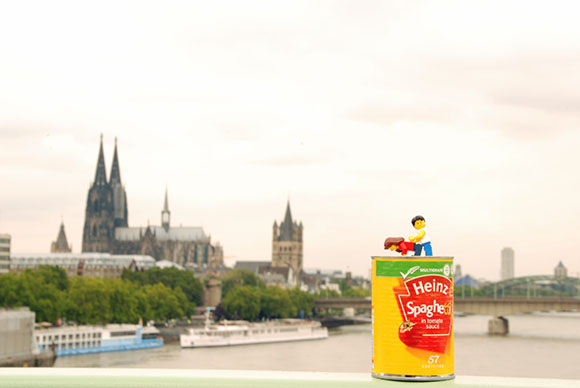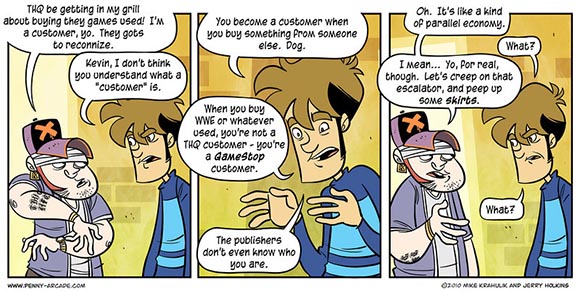Bonjour! I’m back from vacation! It turns out that free Wi-Fi wasn’t quite as prolific on camping places in France after all. Also, it turned out that one is quite able to fill their day just with packing the tent, traveling to the next camping place, setting up the tent, being on the beach, shopping food, preparing food, drinking french wine and most of all sleeping. Sadly, the last few days were ruined by bad weather so we decided to get back early. However, we’ve spent the rest of the vacation AWAY FROM THE GODDAMN COMPUTER. Instead I did some reading and very light gaming.
And as long at it lasted we had the best weather imaginable in one of the best places imaginable. The south-west French atlantic coast around Bordeaux has the most formidable beaches. The water is nice and cool. It features some exhilarating waves and currents. The food is delicious and affordable. You can even get some sightseeing in. The most impressive highlight in our short trip was certainly The Great Dune of Pyla. It isn’t actually so much a dune. It’s more a MOUNTAIN made of sand. Or maybe it’s a desert with a steady incline and a great view? No matter how you regard it, it’s a breathtaking piece of landscape and we found a camping place right on it’s border!

Wheeeee! Ok, I didn’t have the time to try this. But now I feel like I must. Oh, by the way – in the background you can see The Dune.
Also, on our last day we even managed to visit the cave of Lascaux. It’s a quite famous cave with some extraordinary prehistoric cave paintings. They are supposed to be 17000 years old (yes, it’s OVER 9000!!!!!). Because the cave is cited so frequently in Literature, I always thought this was the oldest prehistoric painting ever found. To my surprise, there are caves with even older paintings. And also, the cave you can visit today is not the real Lascaux but an exact replica. Sounds underwhelming but it turns out the replica is quite convincing and since it’s a replica, you can enjoy the paintings without any preservation attempts getting in the way. The tour guide gave en excellent in-depth explanation of the significance of the panting, even going into very technical details on individual pieces. It turns out the reason Lascaux is so famous is because the paintings there exhibit many qualities we associate with art today. The cave wasn’t used for dwelling, it was a place made with a different – possibly a religious purpose. The depicted animals aren’t actually any animals the people who painted them dealt with on a daily basis. They must have a symbolic value. Also, the paintings show some great skill. There are no places in the cave where they practiced so their authors they must have been skilled already by making previous works. The paintings use color, they show animals in movement and there are even attempts at perspective. But the thing I found most remarkable is that the artists used the topography of the stone underneath to create an impression depth. The silhouettes of the animals often follow ridges in the cave. It’s something that is completely lost in any photographic documentation. For me it’s also the most compelling argument for recognizing the artistic value – art is about understanding and exploiting the nature of medium you are working with to create a compelling statement.
And on that bombshell I’m back doing my regular post. I have been hit by a wall of unanswered mails but recovered quickly. What did I miss the last two weeks?









